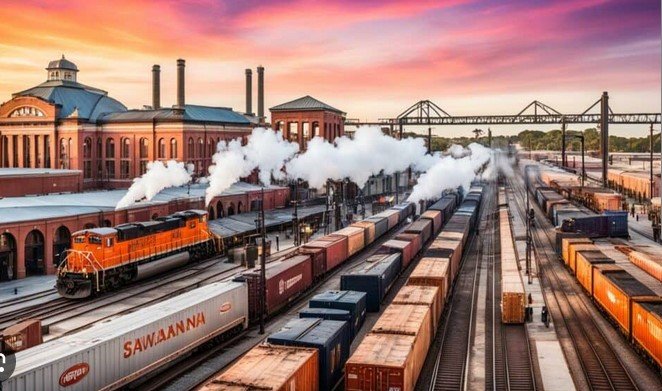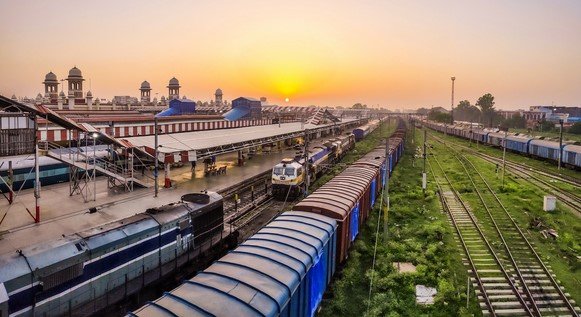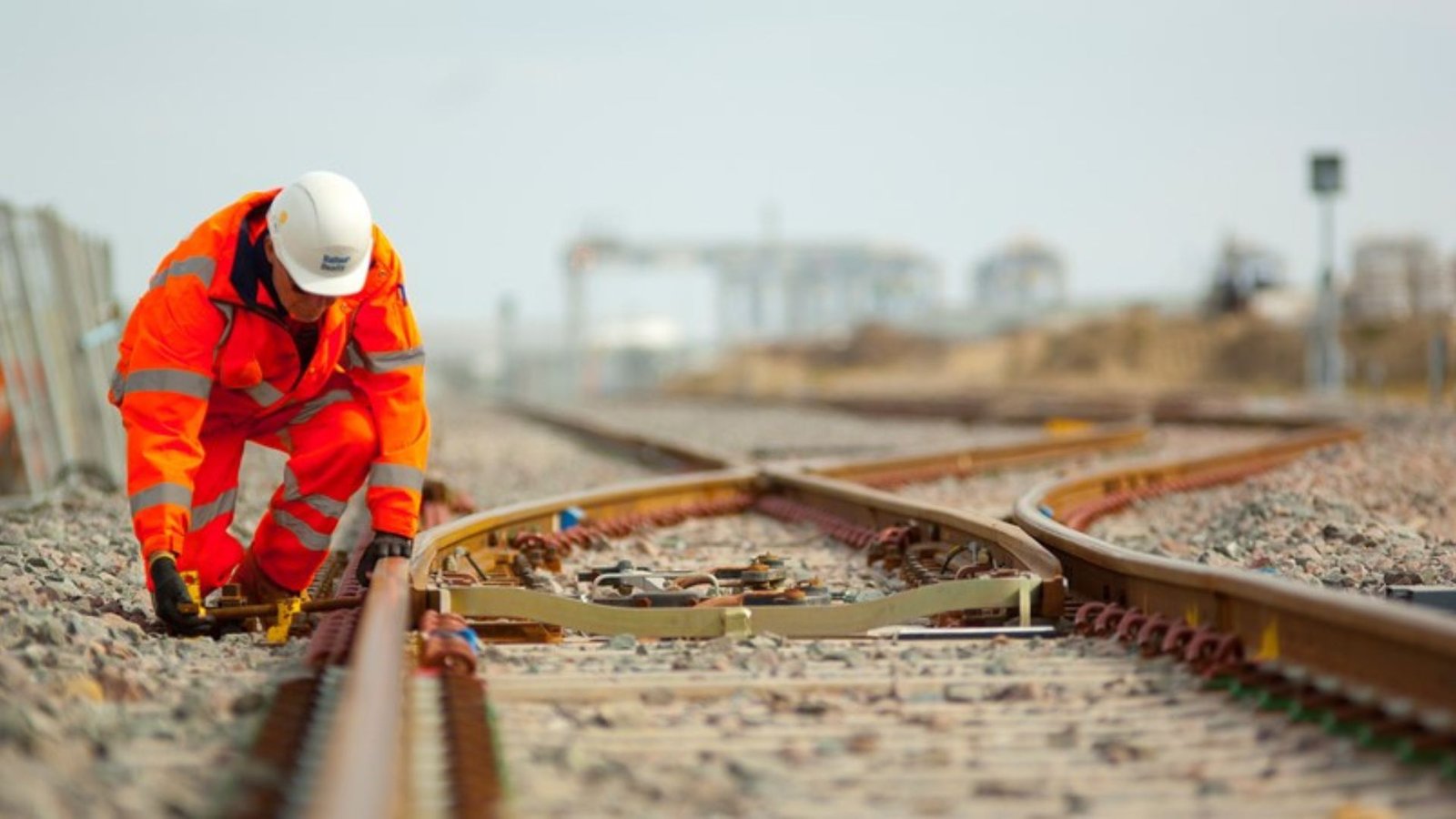Railroads played a crucial role in the development of cities around the world. By connecting distant regions and making transportation faster and more efficient, railroads laid the foundation for urban growth and economic prosperity. The rise of the railroad networks transformed local economies, facilitated trade, and enabled the growth of cities in ways that were previously impossible. Let’s explore how railroads impacted the development of cities and shaped modern urban life.

Railroads and Urban Expansion
When railroads were introduced, they created new opportunities for cities to expand. Before the advent of rail transportation, cities were often limited by their geographical location and access to trade routes. With railroads, however, goods, people, and resources could be moved much more efficiently over long distances. This led to the creation of new urban areas and the rapid growth of existing cities.
Cities that were once isolated or difficult to reach became hubs for commerce and industry. As rail networks expanded, so did the populations of cities, as more people moved to urban areas in search of work and better opportunities. Rails enabled the migration of workers, further fueling industrial growth and urbanization.
Railroads and Economic Growth
Railroads played a vital role in boosting the economy of cities. The ability to move goods quickly and cheaply allowed businesses to access broader markets and expand their reach. This resulted in increased production, larger factories, and a more diverse economy. Cities with major railroad hubs saw significant economic growth as new industries emerged, and trade flourished.
Railroads also made it easier to bring raw materials from rural areas to urban centres, enabling the manufacturing industries to thrive. Coal, steel, and agricultural products could be transported more efficiently, fueling the industrial revolution. In this way, railroads not only supported economic growth but also contributed to the rise of cities as powerful economic centres.
Railroads and Infrastructure Development
The construction of railroads required massive investments in infrastructure, which directly impacted the development of cities. Rail yards, depots, and stations were built in and around urban centres, creating focal points for development. As railroads expanded, cities had to adapt and build new roads, bridges, and tunnels to accommodate the growing transportation network.
In addition, railroads promoted the development of neighbourhoods, housing, and commercial areas near train stations. These areas became essential for both residential and business purposes, further expanding the footprint of cities. The growth of infrastructure driven by the railroads laid the foundation for modern urban planning and design.
Railroads and Social Change
Railroads also played a significant role in the social development of cities. The ability to travel long distances at affordable prices meant that people from rural areas could move to cities in search of work, education, or better living conditions. This migration had a profound effect on the demographic makeup of cities, leading to more diverse populations.
Moreover, the railroad networks facilitated the exchange of ideas, cultures, and innovations between cities and rural areas. People could now easily access different regions, which helped spread new technologies, fashions, and social movements. Railroads became key players in the social transformation of cities, fostering cultural exchange and promoting social mobility.
Conclusion
The development of railroads had a transformative impact on cities worldwide. From facilitating economic growth and expanding infrastructure to driving social change and urban planning, railroads were at the heart of modern urban development. As cities grew larger and more interconnected, railroads became essential to their survival and prosperity. Today, the legacy of railroads continues to shape the growth and development of cities, making them the vibrant centers of commerce, culture, and innovation that we know today.




